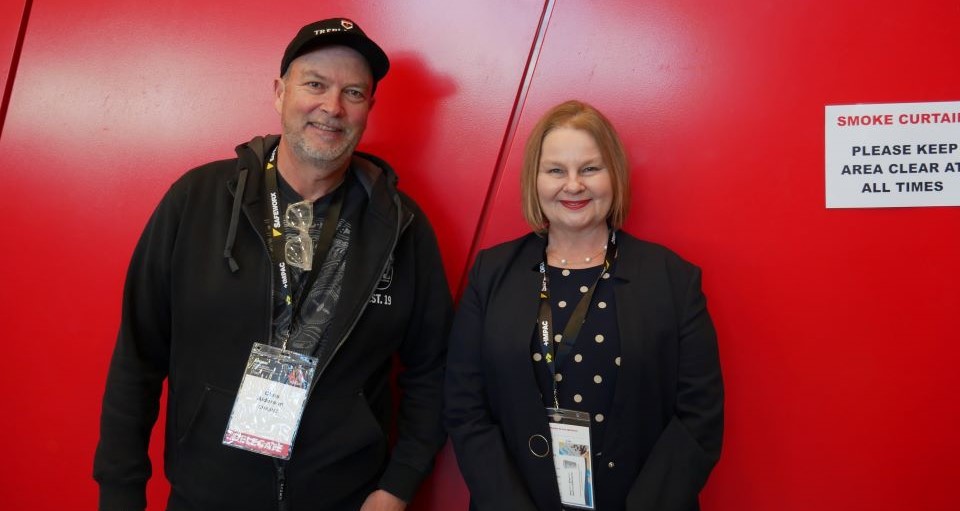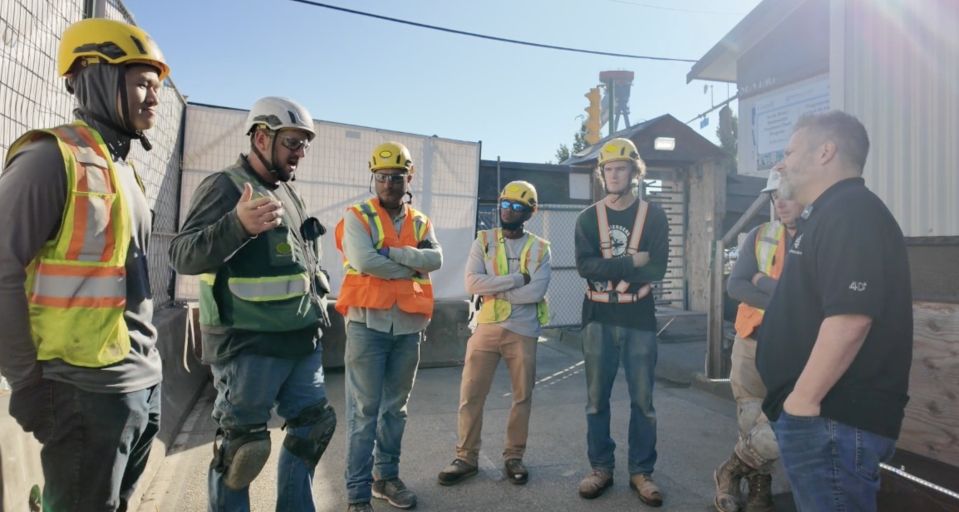In 2018, the term ‘safety clutter’ was coined by Dr Drew Rae and his colleagues to describe the “accumulation of safety procedures, documents, roles and activities performed in the name of safety, but [which] do not contribute to the safety of operational work.” Since then, a growing number of researchers and professionals have acknowledged that not all H&S management practices ‘add value’ and some may even reduce an organisation’s capacity to minimise harm.
Despite concerns about bloated H&S systems, construction organisations are reluctant to remove suspected safety clutter. The starting point for SHINe’s research was a need to better understand the attributes of safety clutter, as well as its origins and potential consequences in the construction industry. Developing an empirically supported definition of safety clutter is important because making assumptions could lead to removing elements of a management system that protect workers from harm.
The research also garnered the views of key industry stakeholders – including unions, regulators, client and contractor organisations – recognising that these groups potentially have different views about what is and what isn’t safety clutter. Nevertheless, the research found all stakeholders agreed that safety clutter is a problem.
On the question of what makes something safety clutter, participants identified activities that are:
- misintended, including ‘tick box’ exercises undertaken solely to demonstrate compliance with health and safety requirements, rather than to protect workers from harm;
- excessive, including documents that are unnecessarily long, processes that are overly complicated and situations in which there is redundancy or duplication of effort; and
- irrelevant, including activities that are outdated or that bear little relation to the work being undertaken.
Other concerns
Industry participants also emphasised that a failure to properly consult workers about H&S management activities contributes substantially to the creation of safety clutter, and that it has serious negative consequences for construction workers’ H&S because it diverts scarce resources into wasteful activities, reducing the attention and effort paid to things that reduce harm.
The sheer volume of documentation produced by many H&S activities also obscures critical information and creates a false sense of security – particularly among senior management – that H&S systems are working effectively. It was observed that safety clutter contributes to workers’ disengagement from H&S as much safety-related documentation is overwhelming and impractical. Participants described how safety clutter increases job dissatisfaction for frontline workers and erodes trust between them and management.
For businesses, the costs associated with performing H&S-related activities that add little ‘value’ are also likely to be considerable.
What is to be done?
When asked what can be done about the problem, stakeholders felt a ‘whole of industry’ response is required because the creation of clutter is often an organisational response to demands – real or perceived – in the broader construction environment.
They identified multiple, overlapping and sometimes contradictory requirements associated with accreditation, certification and audit requirements as a contributing factor, as well as H&S requirements incorporated into clients’ procurement processes. Participants observed that excessive H&S-related documentation is developed as a ‘defence’ against potential prosecution but noted that, in reality, the protection afforded by defensive paperwork is largely illusory.
Some participants argued that H&S documentation is sometimes developed in a deliberate attempt to shift responsibility onto individual workers. For example, requiring workers to read and sign long and complicated SWMS can make it easier to blame them in the event of an incident. It was also noted that new content is frequently added to H&S management processes, but things are rarely removed.
Industry-wide action
Given that the sources of safety clutter in the construction industry operate across organisational boundaries, it is unlikely that the safety clutter problem can be resolved by single organisations acting alone. Rather, industry-wide agreement and action are needed. For this reason, the next steps in the research include undertaking a detailed mapping exercise to understand the way that different forms of safety clutter develop in the construction ecosystem, including the industry’s complicated supply networks and regulatory environment. Industry stakeholders will then be engaged in a collaborative process to develop consensus about what is (and isn’t) safety clutter, where it comes from and how it should be removed.
Without such consensus, it is unlikely that H&S activities will be de-cluttered in the construction industry any time soon.
Distinguished Professor Helen Lingard is Director of the Construction Work Health and Safety Research @ RMIT group and founder of the Safety and Health Innovation Network (SHINe) based at RMIT.




